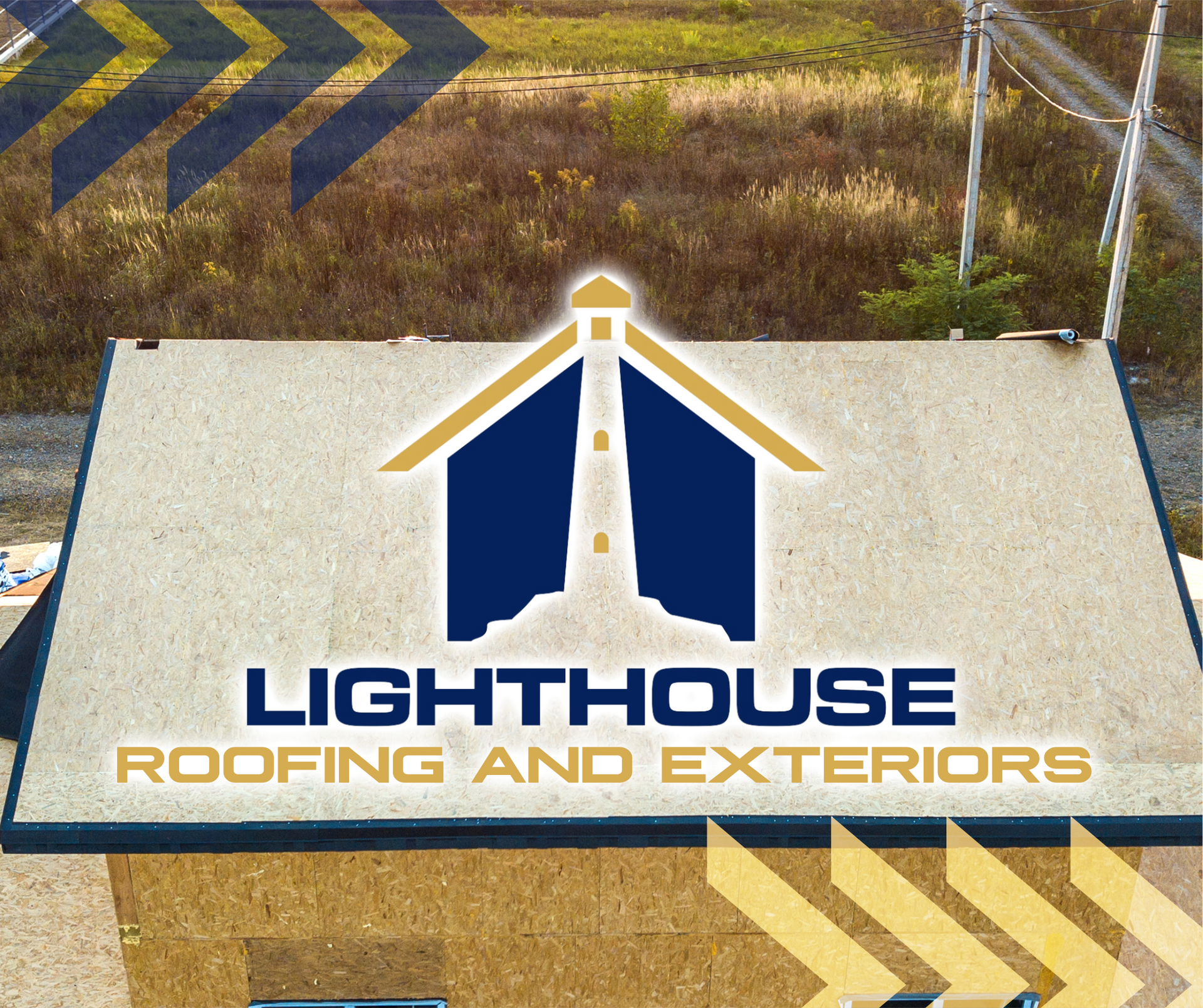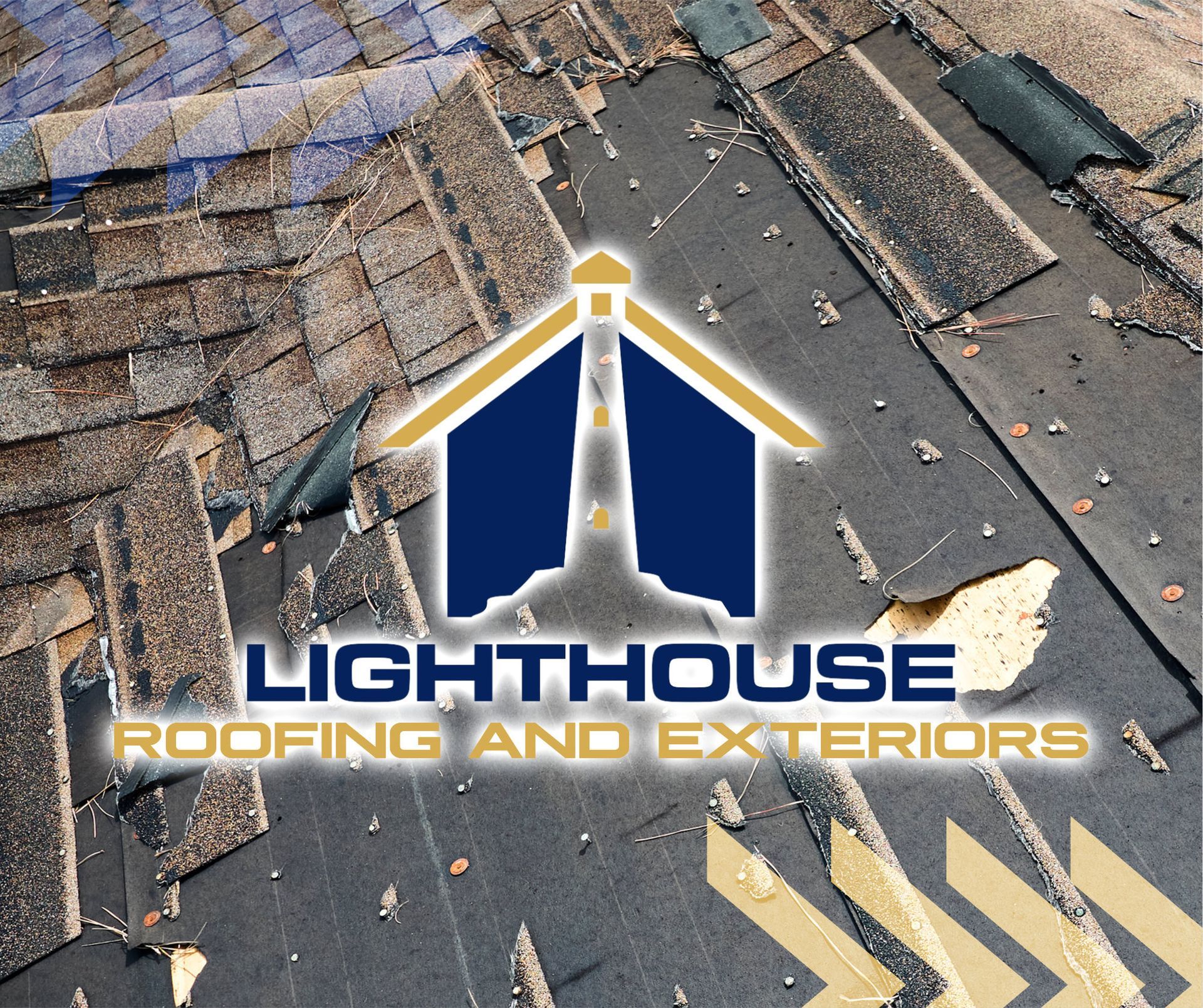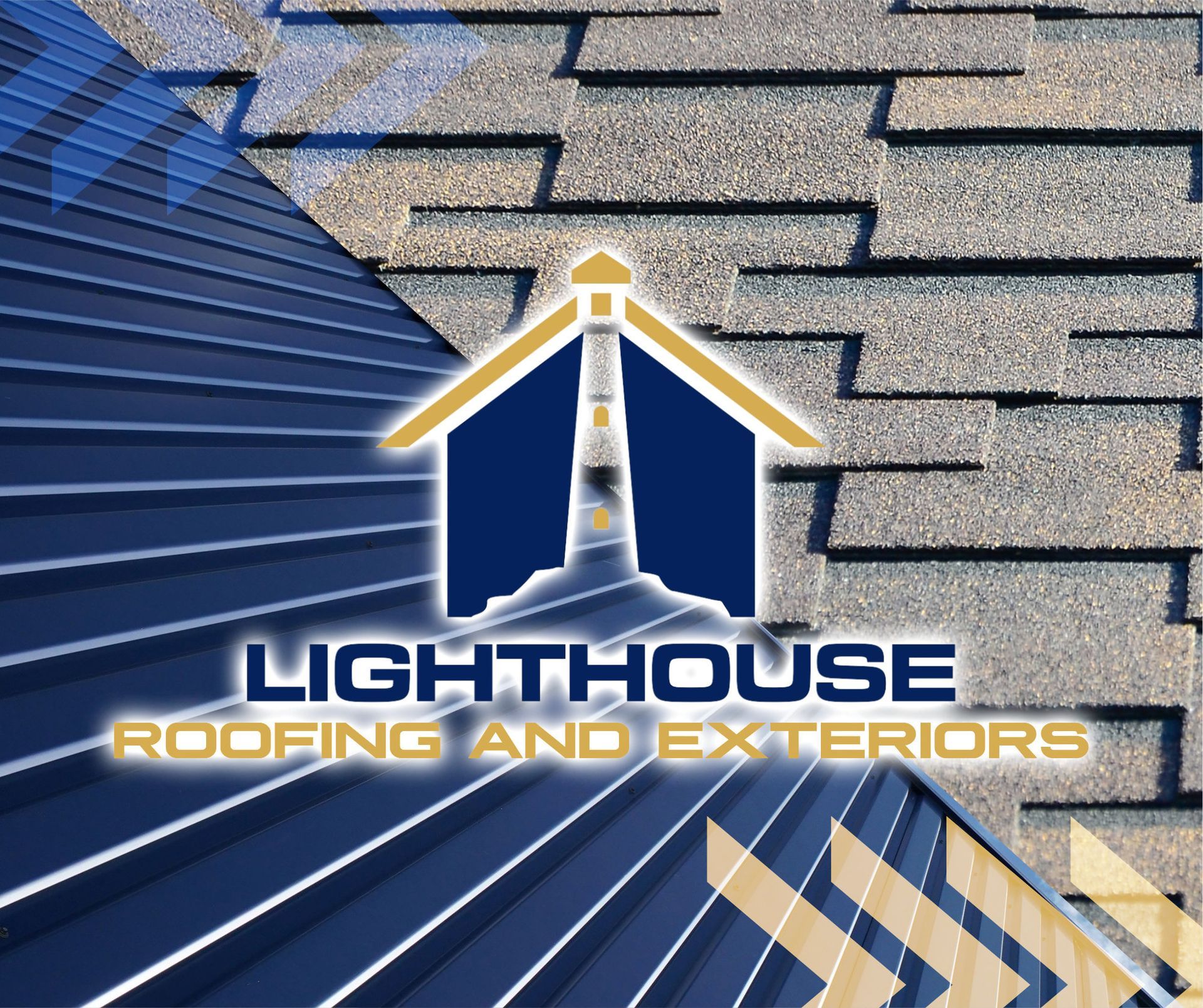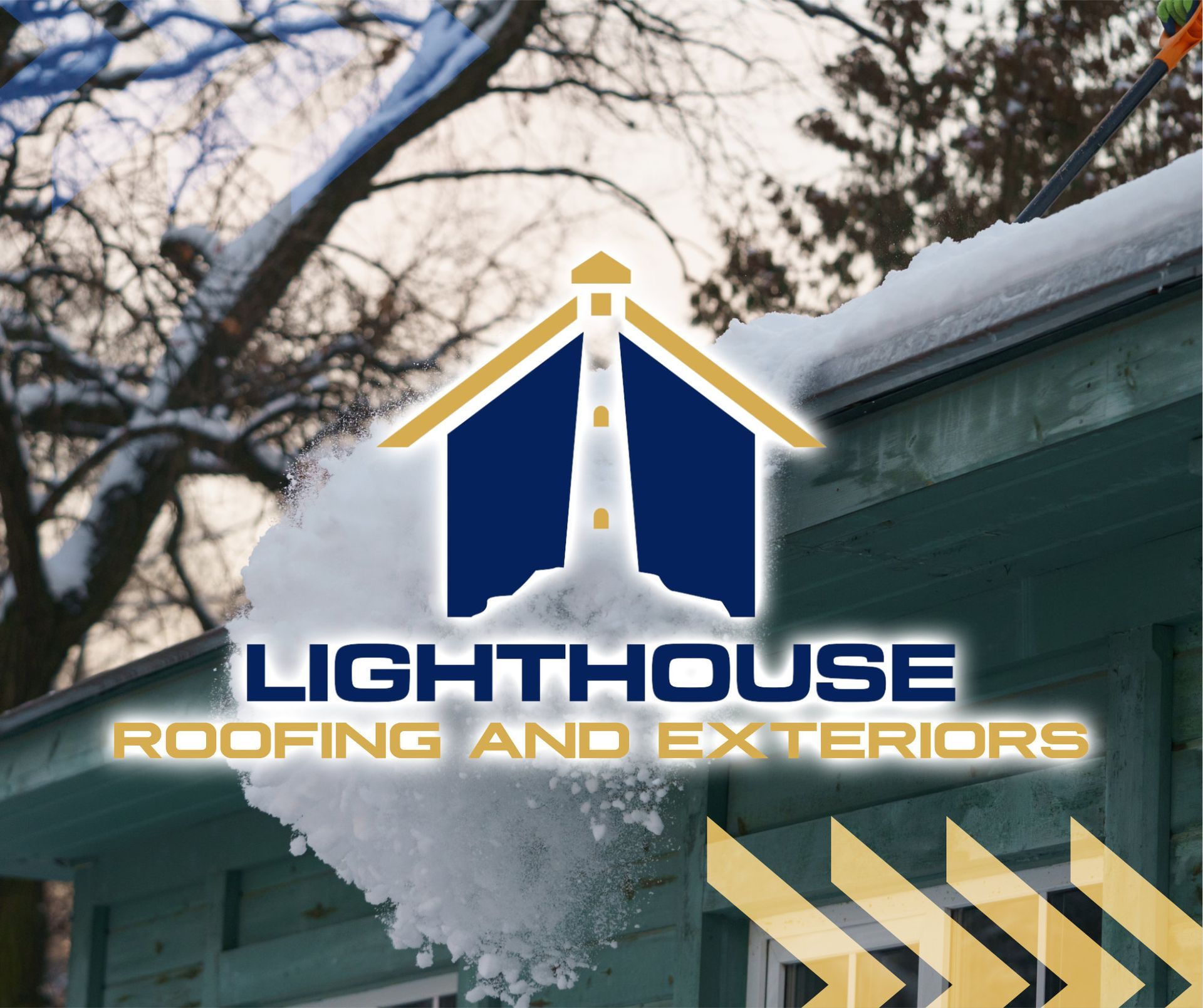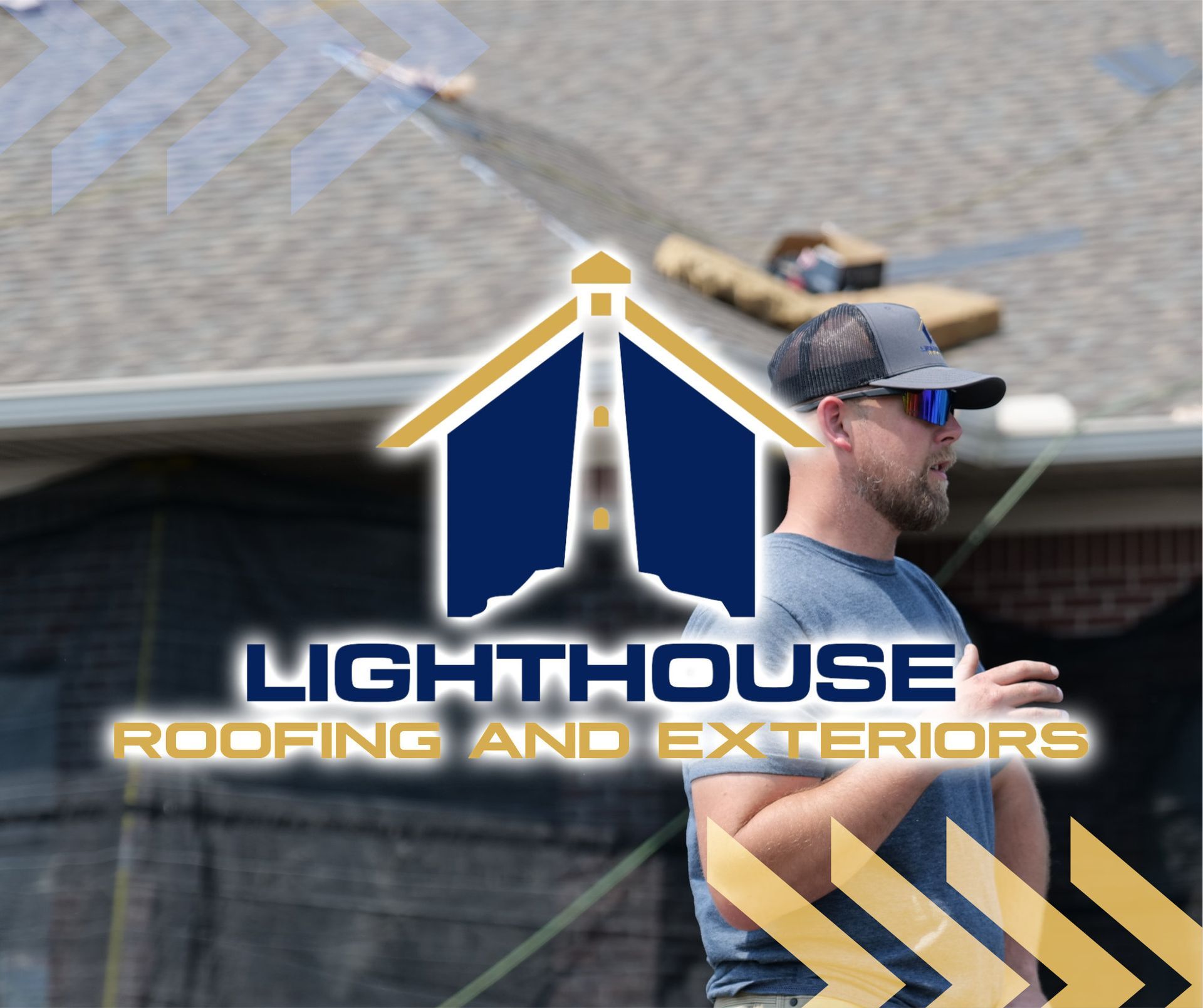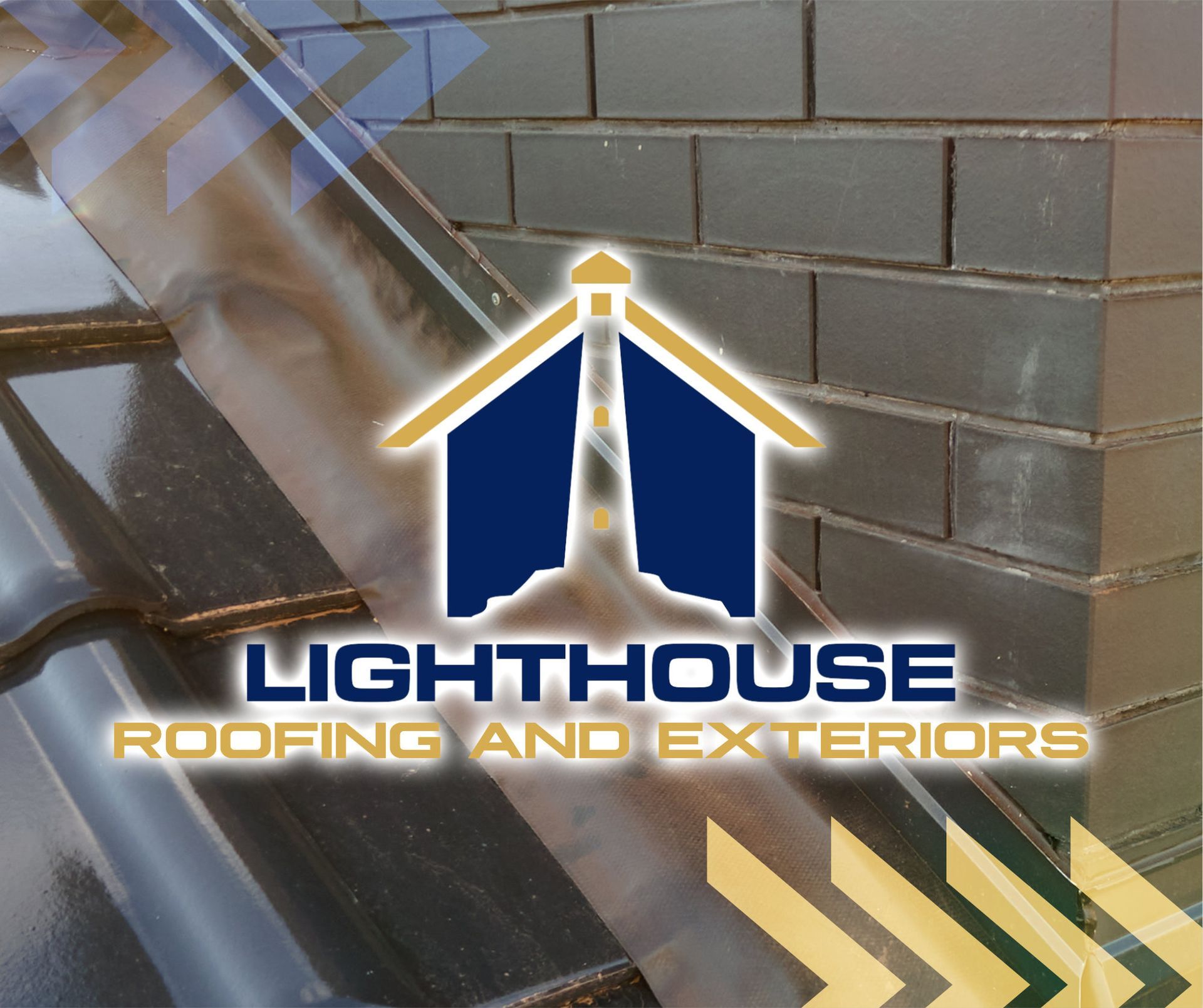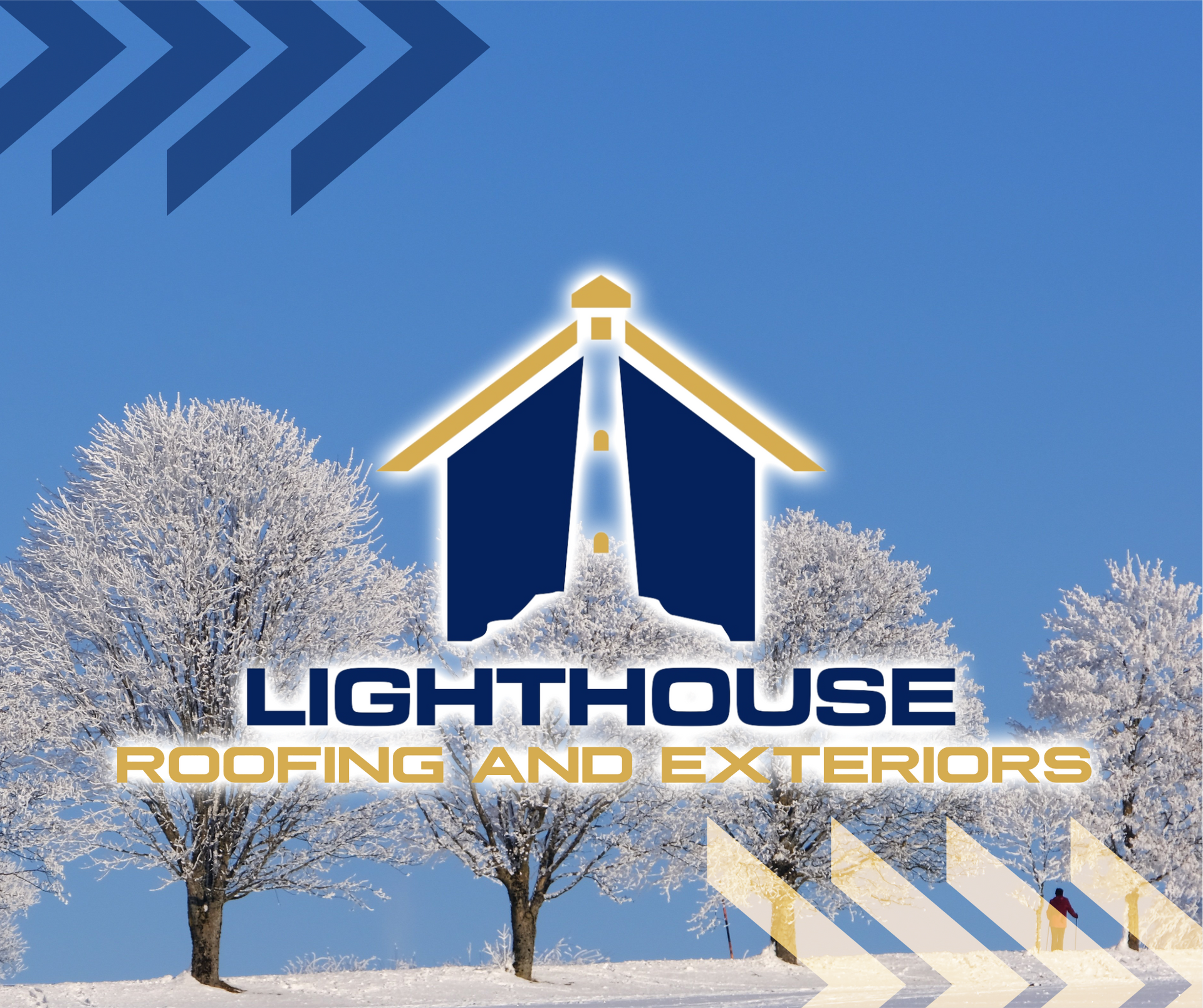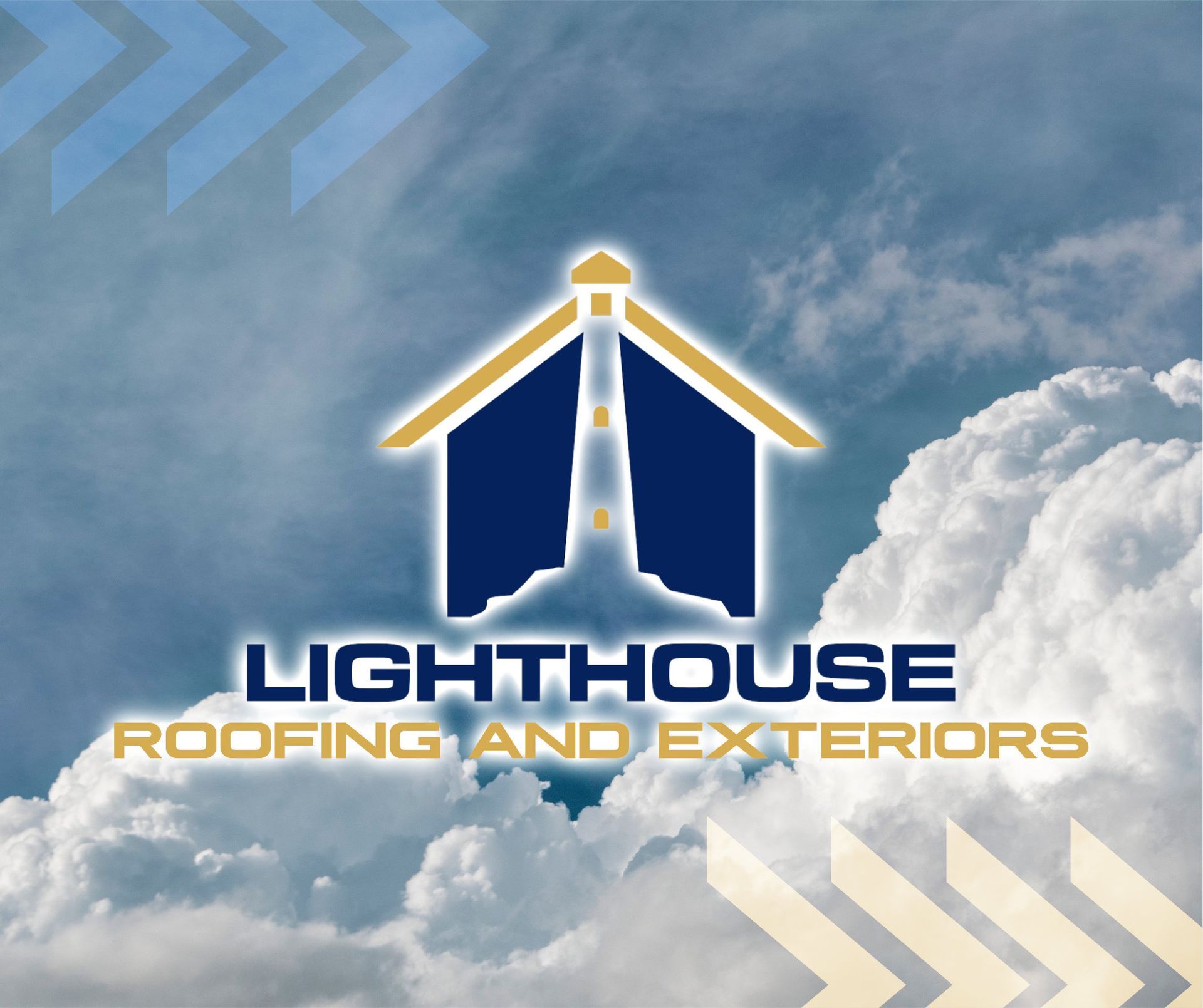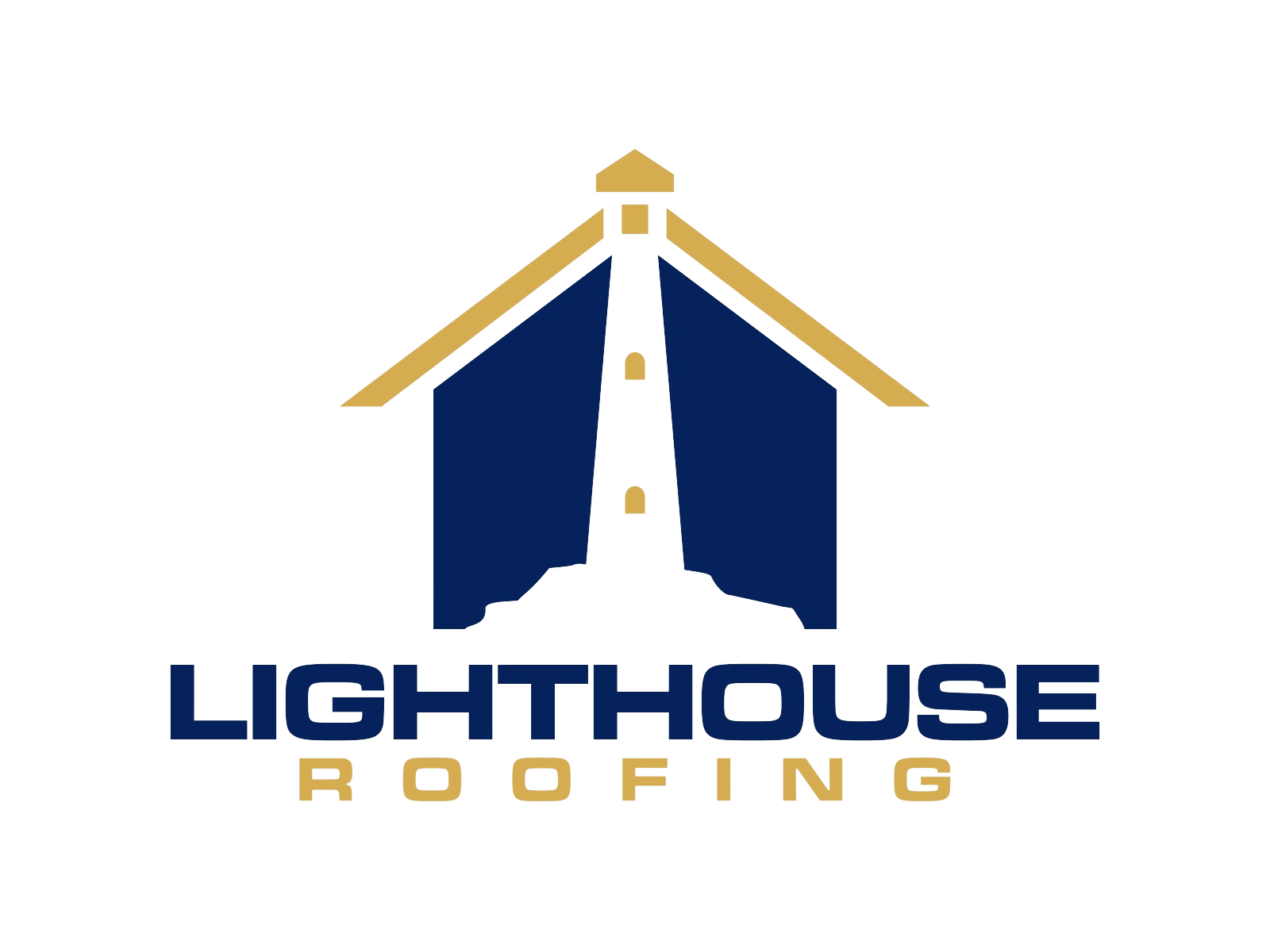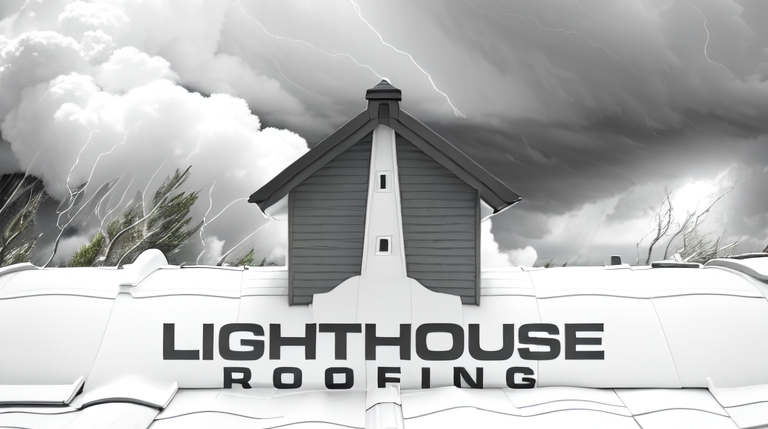
Following a severe storm, homeowners should be vigilant about inspecting their roofs for potential damage. Identifying issues quickly allows you to address them promptly, preventing further harm and costly repairs. In this blog post, we will provide you with comprehensive guidelines on how to spot post-storm roof damage.
Safety Comes First:
Before beginning your roof inspection, ensure your safety by following these steps:
a. Wait for weather conditions to improve: Don't rush to climb on your roof immediately after a storm. Wait for clearer skies, stable weather conditions, and ensure that it is safe to venture outside.
b. Use appropriate safety equipment: When performing a roof inspection, wear non-slip shoes and a securely-fastened harness if necessary. Use a stable ladder and have a spotter hold it for extra support.
Exterior Roof Assessment:
Inspect the roof's exterior by conducting a careful visual examination from the ground, being on alert for the following signs of damage:
a. Missing, cracked, or curling shingles: Look for any signs of shingles that have been compromised or detached during the storm. Binoculars can help you get a closer and safer look.
b. Displaced or bent flashing: Inspect metal strips around the chimney, vents, and gutters for any signs of warping, detachment, or damage.
c. Damaged vents and chimneys: Look for signs of cracks, missing parts, or gaps around vents and chimneys which may indicate potential storm damage.
d. Debris accumulation: Check for roof debris such as broken branches, twigs, or even larger objects. These can provide an indication of the impact the storm had on your roof.
Interior Roof Assessment:
Once you have completed the external inspection, move inside your home to examine the interior of your roof:
a. Attic inspection: Check your attic for signs of water leaks, such as stains, discoloration, or wet spots on walls and ceilings. This could indicate damaged areas on your roof.
b. Insulation assessment: Examine attic insulation for signs of moisture or dampness, which may reveal a breach in your roof's integrity.
c. Mold or mildew presence: Look for any musty smells, dark patches, or signs of mold growth on the attic walls, as these may result from undetected roof damage.
Consulting a Professional Roofer:
While you may be able to identify minor post-storm roof damage, it's essential to engage the expertise of a professional roofer for a comprehensive evaluation. A roofer can provide an accurate assessment, recommend repairs or replacements, and ensure your roof's long-term structural integrity. Lighthouse Roofing has the professionals ready to help evaluate your roof and guide you through your next steps.
Inspecting your roof for post-storm damage is crucial in safeguarding your home and preventing more significant issues down the line. By diligently following the guidelines outlined in this blog post, you can effectively spot potential roof damage and make informed decisions on how to address them promptly. Remember, when it comes to the safety and security of your home, it's always better to be proactive rather than reactive. If you have any questions or concerns about your roof don't hesitate to contact us at Lighthouse Roofing LLC.
